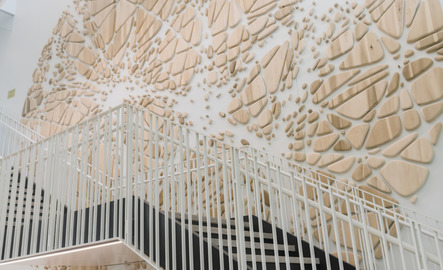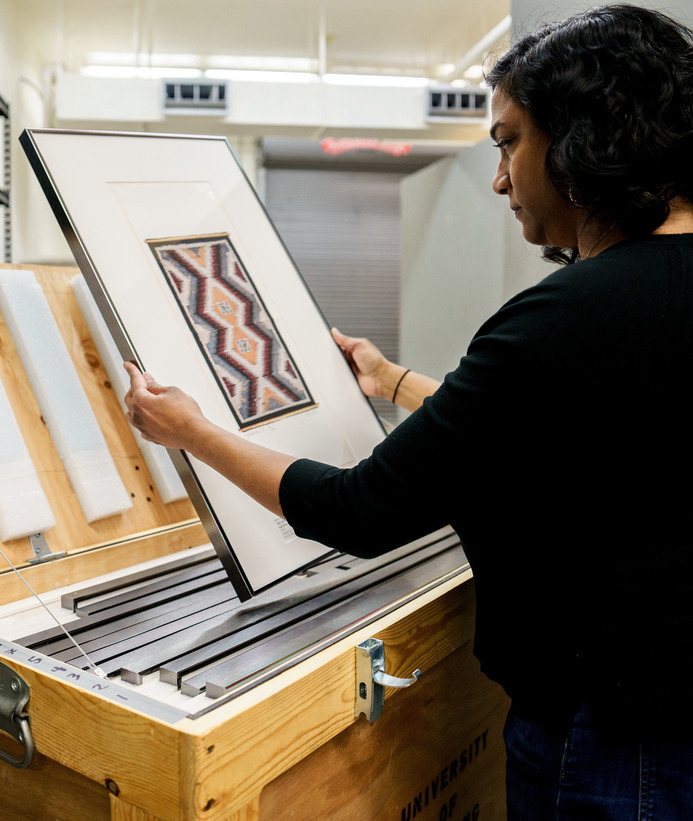About the Interior Design Minor
The interior design minor is a 21-credit-hour program that combines design, art, textile science and architecture courses to give students a well-rounded design education. Throughout the program, students learn about design theory and human behavior, including how design impacts the psychological and social structures of individuals and communities. In addition to their coursework, students have the opportunity to network with interior design professionals, join the interior design club and submit their work to national and international design competitions.

Students must be enrolled in an undergraduate degree program at UW to pursue an interior design minor.

What can you do with an interior design minor?
Interior design minors go on to pursue careers in interior design, architecture and more! Some students use the minor to supplement their major and pursue a related career field, like architecture, graphic design or marketing. Other students choose to dive into the interior design world after they graduate. Additionally, some interior design minors use what they learn in graduate school for architecture and related subjects.
Here are some of the job titles our interior design grads hold:
- Interior Designer
- Junior Interior Designer
- Interior Design Consultant
- Stager
- Design Specialist
- Director of Marketing
Our interior design grads are getting creative at the following places:
- Interior Logic Group - Builder Services
- CURéA Design Studio
- Haus of Hue
- Erin Beckman Design
- AKF Interiors
- Oios Metals
- Interior Specialists, Inc.
- Denver Biscuit Company
- Atomic Provisions
Here are a few majors that can give your interior design journey a strong start—whether you’re following a direct path or pairing the interior design minor with another field of study.
Interior designers plan and create interior spaces that are functional, safe and visually appealing. They work with clients to understand their goals, then use design principles, space planning and color theory to bring those ideas to life. Interior designers choose materials and furniture, create drawings or digital models and often collaborate with architects and contractors to complete a project. Whether designing homes, offices or public spaces, they blend creativity with practical problem-solving to shape how people experience the spaces around them.


